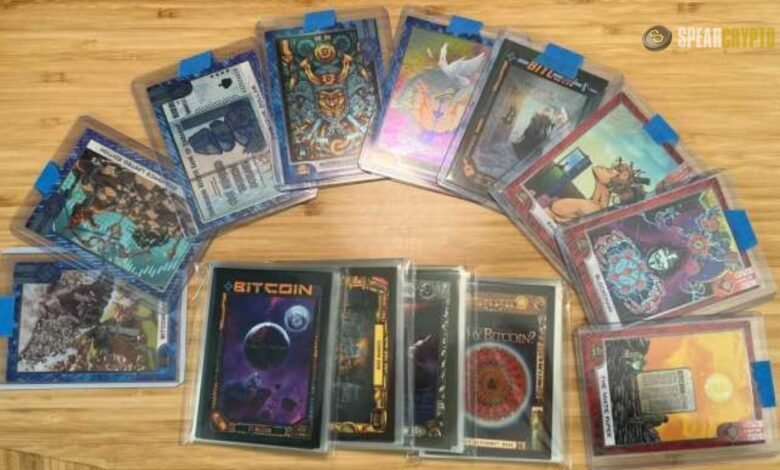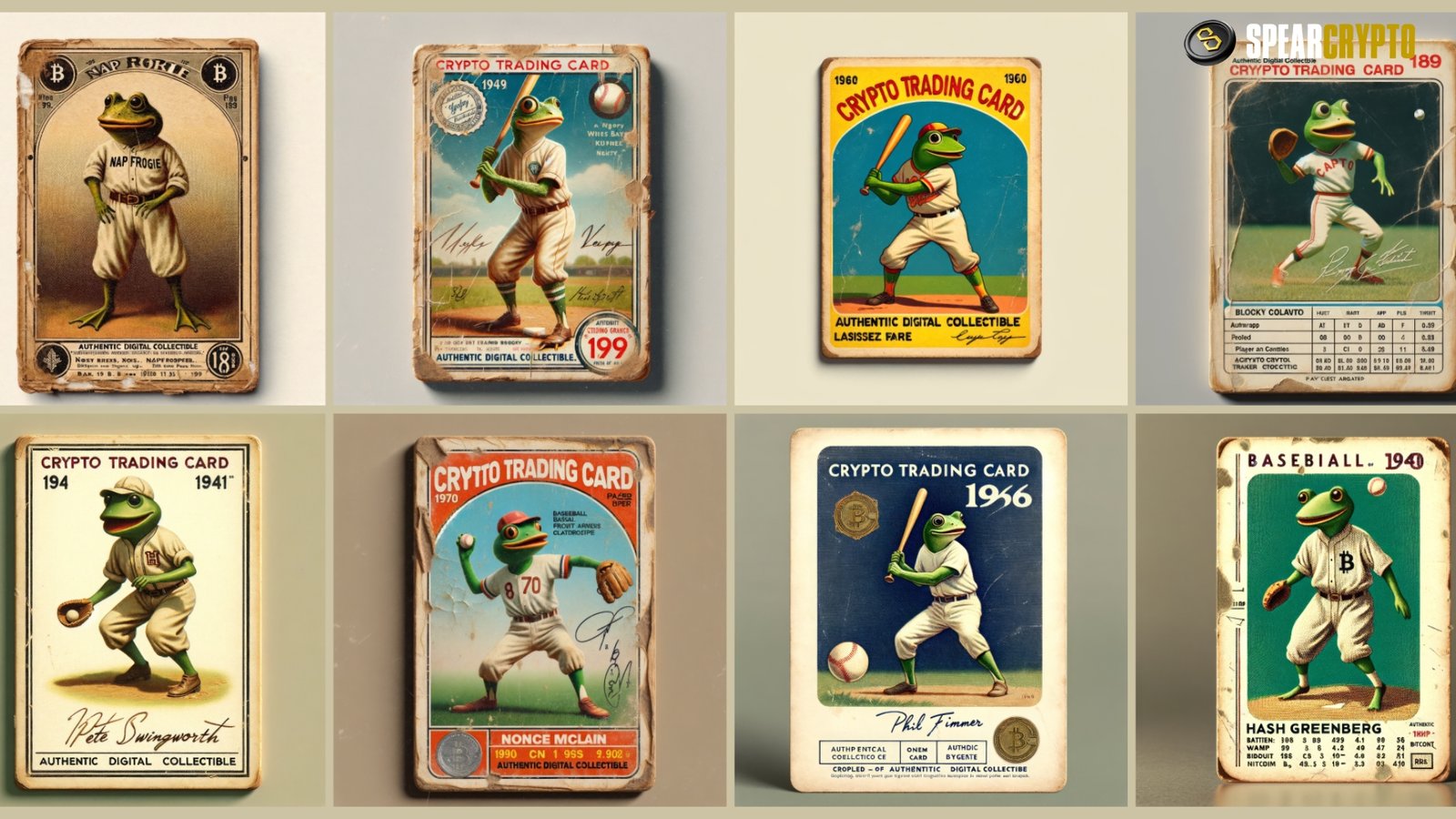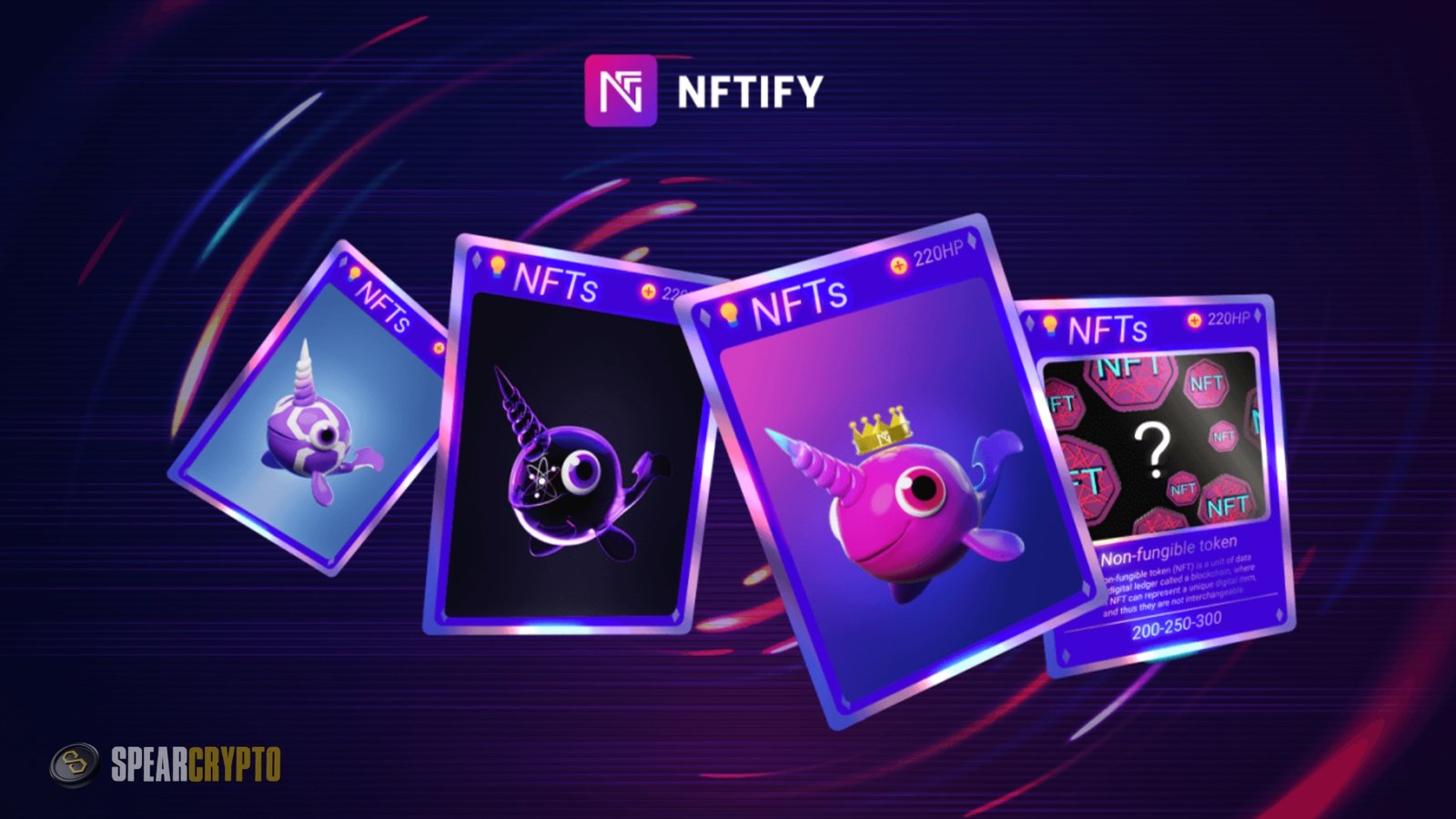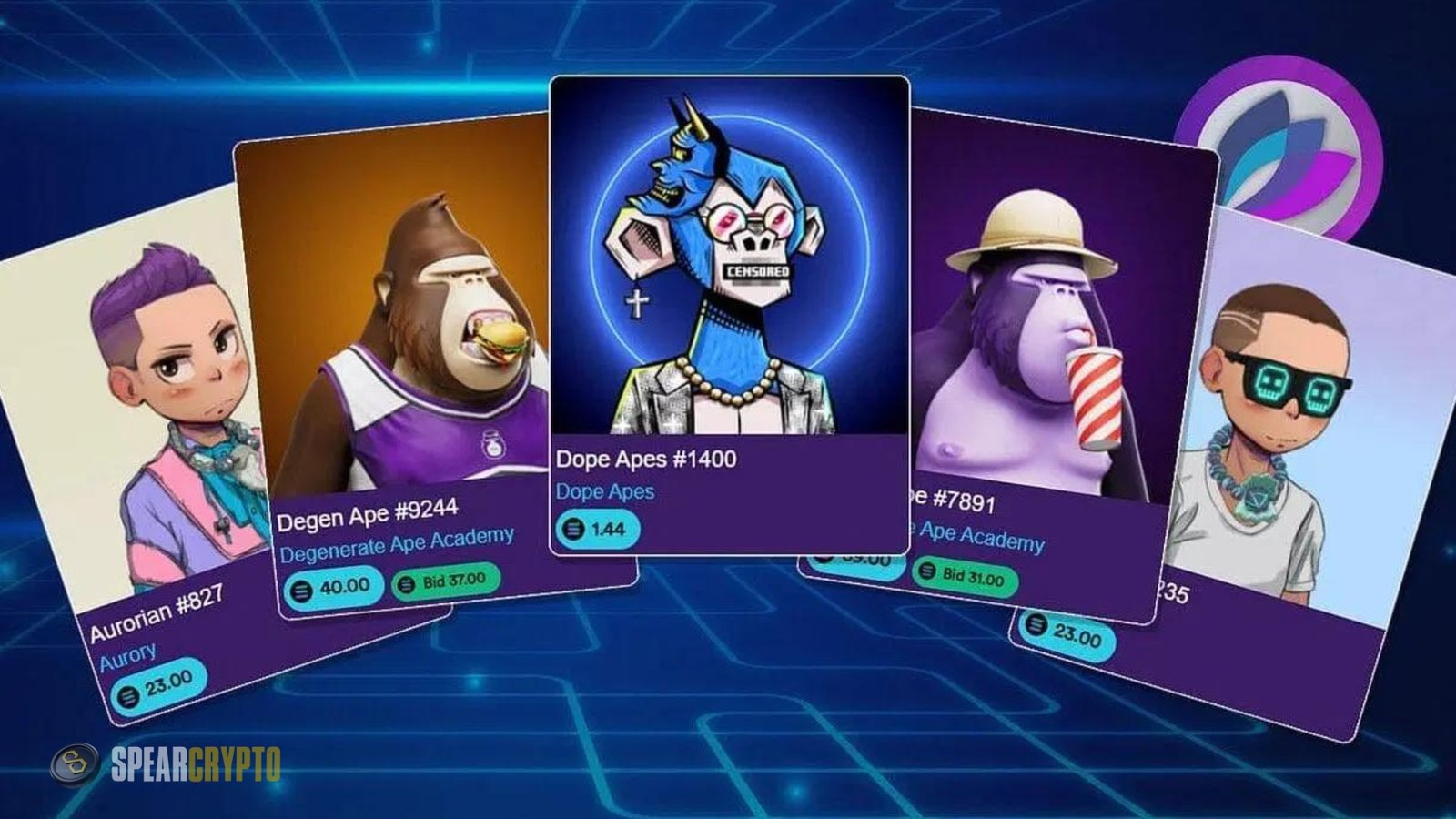
In the fast-evolving world of digital assets, one trend gaining significant traction is the rise of crypto trading cards. These digital collectibles are a fusion of traditional trading cards and blockchain technology, offering collectors a new way to own, trade, and engage with rare and unique items. This article explores the world of crypto trading cards, their development, impact, and potential future.
The Evolution of Trading Cards
Trading cards have a long history, dating back to the 19th century. Initially, they were used as promotional tools by tobacco companies, featuring images of famous people, animals, or sports figures. Over the years, trading cards evolved into a popular hobby, particularly with the rise of sports cards in the 20th century. Brands like Topps and Upper Deck became synonymous with baseball, basketball, and football cards, creating a market for collectors and investors alike.
The digital age transformed the collectibles market. With the advent of the internet, collectors could buy, sell, and trade cards online, expanding their reach beyond local communities. However, the physical nature of these cards remained a limitation. Enter blockchain technology and the concept of non-fungible tokens (NFTs), revolutionizing how collectibles could be owned and traded.
The Birth of Crypto Trading Cards
Crypto trading cards are digital representations of collectible cards stored and traded on blockchain platforms. Unlike traditional digital items, these cards are secured by blockchain technology, making them unique and verifiable. Each card is an NFT, a type of non-interchangeable digital asset, meaning it is distinct and cannot be replaced by another identical item.
The first wave of crypto trading cards can be traced back to projects like CryptoKitties and CryptoPunks, which introduced the concept of unique, tradable digital assets. However, launching platforms like Sorare and Gods Unchained brought the idea into the mainstream. These platforms combined the appeal of fantasy sports and card games with the benefits of blockchain, creating a new type of collectible that could be owned, traded, and used in gameplay.
How Crypto Trading Cards Work
At the core of crypto trading cards is blockchain technology, specifically NFTs. Each card is minted on a blockchain, usually Ethereum, which ensures its uniqueness and provenance. Once a card is created, its history of ownership is recorded on the blockchain, making it impossible to counterfeit or duplicate.
When a collector purchases a crypto trading card, they receive a unique digital asset that can be stored in a digital wallet. The card can then be traded in various marketplaces, such as traditional trading cards. However, unlike physical cards, crypto trading cards can also be used in digital games or platforms, adding a layer of utility that traditional collectibles lack.
The value of a crypto trading card is determined by several factors, including rarity, demand, and the card’s use in gameplay. For example, a rare player card in Sorare might be more valuable due to its scarcity and the player’s performance in real-world soccer matches, which can affect the card’s in-game utility.
The Appeal of Crypto Trading Cards
One of the main appeals of crypto trading cards is their accessibility. Unlike traditional trading cards, which require physical storage and can be damaged or lost, crypto cards are stored digitally, reducing the risk of loss or degradation. This digital nature makes them easier to trade, as transactions can be completed quickly and securely on blockchain platforms.
Another appeal is the potential for financial gain. As with traditional collectibles, crypto trading cards’ value can be appreciated over time. Early adopters of platforms like CryptoPunks have seen their investments grow exponentially, with some cards selling for millions of dollars. This profit potential has attracted collectors and investors looking to capitalize on the growing market for digital assets.
Moreover, crypto trading cards offer a new way to engage with favorite hobbies or fandoms. For sports fans, platforms like Sorare provide an opportunity to own and trade digital cards of their favorite players while also participating in fantasy leagues. For gamers, platforms like Gods Unchained offer a combination of collectible cards and competitive gameplay, where the value of the cards can directly impact the outcome of matches.
How to Get Started with Crypto Trading Cards
Getting started is relatively straightforward for those interested in exploring the world of crypto trading cards. The first step is choosing a platform that aligns with your interests, whether sports, gaming, or another hobby. Some of the most popular platforms include:
- Sorare: Sorare is a fantasy football game in which players collect and trade digital cards representing real-life footballers. The cards are NFTs, and their value is influenced by the players’ performance in actual matches. Sorare has partnerships with many of the world’s top football clubs, making it one of the most prominent crypto trading card platforms.
- NBA Top Shot: Developed by Dapper Labs, the same company behind CryptoKitties, NBA Top Shot allows users to buy, sell, and trade officially licensed NBA highlights as NFTs. Each highlight, known as a “Moment,” is a unique digital asset, and some of the rarer Moments have sold for hundreds of thousands of dollars.
- Gods Unchained: Gods Unchained is a blockchain-based trading card game where players collect and trade cards to build powerful decks and compete against others. The cards are NFTs, and the game has attracted a large and active player base, making it one of the most successful crypto trading card games.
- CryptoPunks: Although not a traditional trading card game, CryptoPunks are among the earliest examples of NFTs and have become iconic in digital art. Each CryptoPunk is a unique 24×24 pixel art character, and their rarity and historical significance have made them highly sought after by collectors.
Once you’ve chosen a platform, you must set up a digital wallet to store your NFTs. Wallets like MetaMask are popular, as they are easy to use and compatible with most NFT platforms. After setting up your wallet, you can purchase cryptocurrency (usually Ethereum) to buy your first crypto trading cards.
Do your research before making any purchases. The value of crypto trading cards can be volatile, and it’s necessary to understand the market and the specific cards you’re interested in. Look for cards with a history of value appreciation, a strong community, or utility in games or other platforms.
Challenges and Criticisms
Despite their growing popularity, crypto trading cards are not without challenges and criticisms. One of the main concerns is the environmental impact of blockchain technology, particularly the energy consumption associated with Ethereum, the primary blockchain used for NFTs. The process of minting and trading NFTs requires significant computational power, leading to concerns about the carbon footprint of these activities.
Another criticism is the speculative nature of the market. The rapid rise in the value of some crypto trading cards has led to concerns about a bubble, similar to the speculative bubbles seen in traditional collectibles markets. Critics argue that the high prices of some NFTs are driven more by hype and speculation than by intrinsic value, raising the risk of a market crash.
There are also concerns about the security and regulation of the market. While blockchain technology provides security for digital assets, the market is still relatively new and unregulated, leading to potential risks for investors. Scams and fraud are common in the NFT space, with some buyers falling victim to fake projects or fraudulent transactions.
The Future of Crypto Trading Cards
Despite the challenges, the future of crypto trading cards looks promising. The market continues to grow, with new projects and innovations constantly emerging. As blockchain technology evolves, we will likely see more sophisticated and secure platforms for creating, trading, and interacting with digital cards.
One potential growth area is integrating augmented reality (AR) and virtual reality (VR) with crypto trading cards. Imagine viewing and interacting with your digital cards in a virtual environment or using them in AR games that blend the physical and digital worlds. These technologies could add new dimensions to the experience of collecting and trading cards, making them even more engaging and immersive.
Another promising development is the expansion of crypto trading cards into new genres and industries. While sports and gaming have been the dominant themes so far, there is potential for crypto trading cards to represent a wide range of subjects, from music and movies to historical events and cultural icons. This diversification could attract new audiences and create fresh opportunities for creators and collectors.
Moreover, as the broader NFT market matures, we may see more sophisticated tools for managing and interacting with crypto trading cards. Enhanced marketplaces, social platforms, and financial services tailored to NFT collectors could emerge, providing new ways to trade, showcase, and monetize digital assets.
Conclusion
Crypto trading cards represent a fascinating and rapidly evolving intersection of technology, art, and finance. They have opened new possibilities for collectors, creators, and investors, offering a unique blend of rarity, accessibility, and interactivity. While the market is still young and faces significant challenges, the potential for growth and innovation is enormous.
As blockchain technology continues to develop and new projects emerge, the world of crypto trading cards will likely expand and diversify, attracting a broader audience and creating new opportunities for engagement. Whether you are a seasoned collector, a curious newcomer, or an investor looking for the next big thing, crypto trading cards offer a glimpse into the future of digital collectibles and the exciting possibilities.







